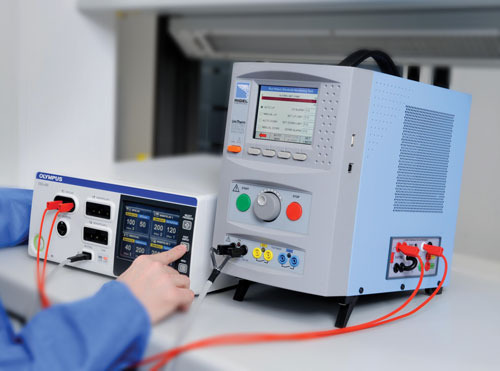It is indisputable that the quality of life for most individuals has Improved over the last few decades as we have eradicated some formerly dreaded diseases, like polio. We have also beat back the ominous predictions which maladies like autoimmune deficiency syndrome spawned when first found in the early 1980s. Add to those successes our capacity to treat virtually all types of cancer, and we do have reason to be optimistic in the future, we will see even longer and healthier lives. Nobody could argue that technological improvements and more competent medical devices aren’t responsible for much of those results. Often overlooked is the enormous amount of research, typically Years, which goes right into developing medical devices. Most of the time is spent in the lab going through testing regimens. Laboratories may be private or public dedicated research websites, located at OEM centers or on college campuses.

Either way, high-quality medical lab testing is needed in order for innovation and research to occur. Meeting this mandate poses challenges to medical device manufacturing. Let us explore these and see how these production challenges can be met. Testing equipment that can be found in medical research Laboratories encompasses a wide selection of devices. These devices include equipment used to analyse and assess the operation of systems and devices under development, in addition to the developed systems and devices themselves. For example, as shown previously, an electrocardiogram machine Under development would probably use an oscilloscope or similar apparatus to analyse its performance. The medical device testing equipment, like multimeters, spectrum analysers, power meters, and other devices are typically utilized to analyse the electrical performance of medical devices that include electronics and circuit boards.
The manufacture of medical devices is subject to a great Deal of regulatory management. This oversight is meant to protect patients from injury, which might be direct or indirect. Immediate harm refers to systems which come in direct contact with patients, like through invasive surgery. For lab testing equipment, which would fall direct damage isn’t a concern. However, patients can be negatively influenced by erroneous measurements resulting in misdiagnosis and improper and potentially harmful prescriptions or alternative treatments. Hence, the construction of electronic equipment and PCBs that comprise lab testing equipment must meet high standards, such as IEC 61010 for security, ISO 13485 for quality management and ISO 14971 for risk management. Besides the regulatory challenges for medical device Manufacturing, lab testing equipment boards must meet exact or high-performance metrics which design goals mandate.
